The content of the article
Chicken dung is a worthy substitute for chemical fertilizers for vegetables and fruit trees. The organic feed contains nitrogenous compounds with potassium and phosphorus, as well as calcium, which accelerates the growth of tomatoes, strawberries, cucumbers and other garden crops. Avian excrement is more nutritious than mullein, but it has one drawback. Litter is a concentrated fertilizer that can burn the plants, so when preparing the feed should be proportioned.
Fresh Excrement Option
Liquid organic solution is applied to the soil in the spring before planting seedlings and seeds. It contributes to the formation of a strong root system and increases yields. It is impossible to fertilize the beds with chicken excrement during the period of fruit ripening,so as not to become infected with E. coli and worms.
You will need a large plastic or iron barrel in which you mix:
- bird droppings;
- settled water.
Take fertilizer components in equal proportions. Work with organic gloves and a gauze bandage, which will protect against the unpleasant smell emitted by the workpiece. Thoroughly mix the chicken dung with water with a wooden stick to form a homogeneous mass and cover the barrel with boards or a large lid.
Capacity with fertilizer is desirable to put in a shaded place. The sun accelerates fermentation, and the mixture of excrement becomes too concentrated and saturated, stored only 1-2 months. Keep the barrel under a tree or outdoor shed, where there is heat and good ventilation.
After 2 weeks, feed from fresh chicken manure will be ready. Before fertilizing the soil, it is diluted with water. At 1 l fermented excrement will need from 10 to 50 liters of liquid. A more concentrated solution suitable for fertilizing trees, as well as some shrubs. Weak feed intended for garden crops.
Pour the solution in 5-10 cm from the root system or beds.By direct contact with the plant, bird droppings can burn soft tissue, and the culture will burn and wither. About 10 l of feed are brought under an adult tree, and 3-5 liters are enough for saplings and bushes.
Fertilize crops preferably after rain or abundant watering with ordinary water. Wet soil absorbs chicken manure better and protects the root system from burns.
The finished product of bird excrement is stored until the end of autumn. Concentrated solution will not deteriorate even from the heat, but it should be hidden from direct sunlight.
Tip: Remove the characteristic smell of litter can be blue vitriol. The tool is added to the solution before insisting. 250–300 g of a chemical additive will be needed per barrel.
Granular fertilizer
Summer residents who do not tolerate the scent of fresh litter can get the dry version in specialized stores. Granulated excrement is odorless, stored for 2–3 years and contains as many beneficial components as home-made organics.
Together with the dry additive they buy peat, with which they mix crushed droppings. A lot of pour in wooden or plastic boxes with holes.Billet put in a warm ventilated room, where it is stored until the start of garden work. Peat mass is introduced into the wells before planting potatoes or seedlings in order to increase yield.
Bird excrement compost
Chicken droppings, rotten with straw or sawdust, fertilize the soil before plowing the land. Experienced farmers prefer to use the mixture in the fall, so that by spring the residual feed is absorbed into the soil. But compost from bird excrement is sprinkled on the ground in March or early April, a few weeks before planting garden crops. Spread a thin layer over the area, and then dig it manually or with a tractor.
To prepare nutritious compost, it is necessary to pour in a special hole:
- a layer of bird excrement 20–25 cm thick;
- straw - 5–10 cm;
- the same or slightly less sawdust;
- from above cover the workpiece with a layer of peat 10–20 cm high.
Put a thick film on the compost pit to accelerate the maturation of the workpiece and prevent the spread of unpleasant odor throughout the site. If the heap is higher than 1 m, the temperature in the lower layers reaches + 65–70 degrees, at which the components do not abate, but “burn”.Owners of large vegetable gardens should be equipped with several piles that are 3.5–4 m wide and 2–2.5 deep. The length of the pit is arbitrary.
To mature the compost will be 1.5–2 months. In addition to straw and peat, add to the workpiece:
- weeds;
- tree bark and dry branches;
- food waste, but no chemicals, like detergent or plastic bags;
- fallen leaves;
- wood chips.
Compost is enriched with mineral and organic additives:
- powdered superphosphate;
- wood ash;
- potassium salt;
- phosphate flour;
- ammonium nitrate;
- medicinal herbs like Hypericum or Chamomile.
Fertilizer will become thicker if you put a layer of sod or leaf earth, or clay. Shredded corn stigmas, beet tops, rotten fruits, or leftover vegetables are added to chicken manure.
The bottom of the compost pit is covered with branches or dry straw, which performs the drainage function. After 1.5–2 weeks after laying the last layer, when the temperature in the pit drops to + 35–30 degrees, the components are mixed with a shovel. The procedure ensures uniform decomposition and maturation of all layers.The finished compost is obtained dry and crumbly, it smells like wet earth or wood if it contains wood chips.
Fertilizer from litter
Owners of chicken coops like the option of straw and bird droppings. Begin cooking in the spring to catch the fall. The process is simple and does not take much time. The coop is cleaned of old excrement, then a layer of straw, sawdust or peat is laid on the floor. Choose any litter that is cheaper.
When the first layer becomes dirty, put the second, and then the third. The litter 50–60 cm high is separated from the floor and taken to the garden or to the garden. Chicken manure preparation is spread on the ground in a thin layer and left to lie. Bird's excrement under the influence of rain and snow is absorbed into the soil, enriching it with nutrients. Straw or peat protects the root system of trees from frost.
The litter is also used during the growing season of shrubs and other garden crops. Straw mixed with dried droppings spread on the ground and left for 3-4 days. When moisture evaporates from the workpiece, trees and fertilizer are plentifully watered from the hose.
The litter from the chicken coop can be transported into the compost pit so that it will be knotted and become homogeneous. The resulting feed is used when planting new trees. Bird excrement is combined with the soil substrate or clay, fall asleep in prepared holes and dig the ground. 10 m2 will need from 2 to 5 kg of rotted litter.
Emergency feed
Two weeks is too long? Urgently need organic fertilizer? Chicken droppings do not need to insist 14 days to bring to the correct concentration. A weak solution that does not harm the plants is prepared from a bucket of filtered water and a handful of dried excrement. For garden crops enough tablespoons, because they are softer than trees and shrubs.
Litter is stirred in water so that it dissolves completely. Leave on for 30–40 minutes in a warm place, and then carefully bring it into the soil with a can or a watering can. It is advisable to pour abundantly clean soil with clean liquid without additives after fertilizer. Water dissolves the mineral components that make up the chicken manure and protects the plant root system from burns and dying.
Special fertilizer
Not all plants like sour feed from bird dung. Some crops, after such a fertilizer, absorb nutrients worse and become weaker. For seedlings that prefer a weakly acidic or neutral soil, it is recommended to prepare a solution from chicken excrement by the method of soaking:
- Pour the organic product into the bucket so that it takes up half the container.
- Fill the second part with water and mix thoroughly with the droppings.
- Leave on for 2-3 days until the liquid becomes a shade of strong tea.
- Water is drained, you can fertilize it with an apple or pear. Add a new batch of liquid to the draft.
Repeat the procedure 3-4 times. The result will be a light brown solution that is diluted with a small amount of water and applied to the soil. Apply subacidic fertilizer during the growing season and the formation of fruits.
Homemade chicken litter blanks
Excrement is harvested in the summer in a well-lit area, bathed in sunshine. Spread a thick film or iron sheet. Put the litter in a thin layer and leave for a few weeks, occasionally turning and stirring. Be sure to protect from the rain, otherwise it will not work.
Pour up dried excrement with rotten plant residues or wood chips. The additive will slow down the conversion of beneficial nitrogen to ammonia. Store dried litter in wooden cases with vents.
Recommendations
- The sediment left at the bottom of the bucket is poured under an apple tree or any berry bush like a currant or raspberry. Concentrated feeding will not interfere with the plants, but only increase the yield.
- Chicken droppings are not sprayed, but neatly poured into the ground. If the droplets of makeup hit the leaves of the plant or ovary, the product is thoroughly washed with clean water, otherwise a burn will remain.
- A solution of the correct concentration has a hint of weak tea brew. Slightly richer, and the seedlings will wither.
- To disinfect liquid chicken droppings, put 1-2 kg of wood ash in a barrel. The additive destroys the eggs of most insects,but weed and helminths remain in the feed.
- Top dressing of garden plants with bird excrement is carried out after rain or evening watering.
- It is necessary to work with a dung in rubber gloves, because chicken feces can contain not only helminths, but also salmonella.
- During the season spend from 2 to 4 dressings. If organic fertilizer is applied more often, the green mass of plants will increase, but the harvest will be small.
- Onions and garlic can not be fed in the period of active growth. The solution is applied to the soil during the growing season, when the ovary is still absent.
Chicken dung - a real find for fans of organic fertilizers. The additive accelerates the ripening of fruits and increases the yield, and its rich smell frightens away the bears. With solutions of bird excrement feed trees and garden crops, strawberries and even garden flowers. The main thing is to correctly calculate the proportions in order not to burn the plant, and remember that it is better to underfeed than overdo it.
Video: how to fertilize chicken droppings

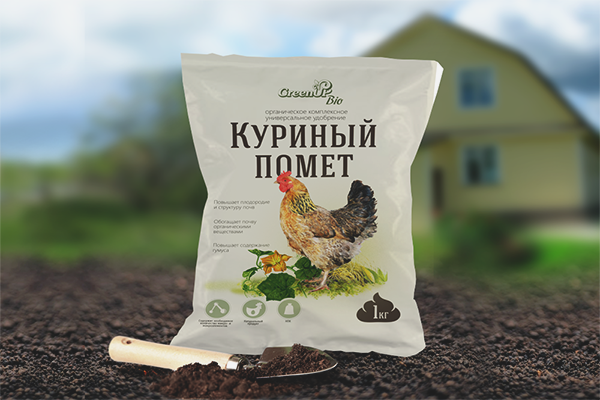
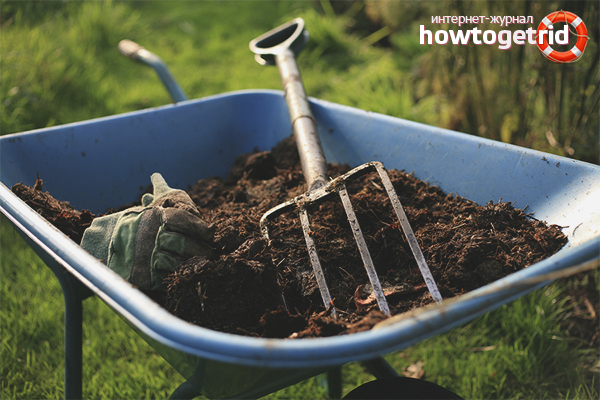
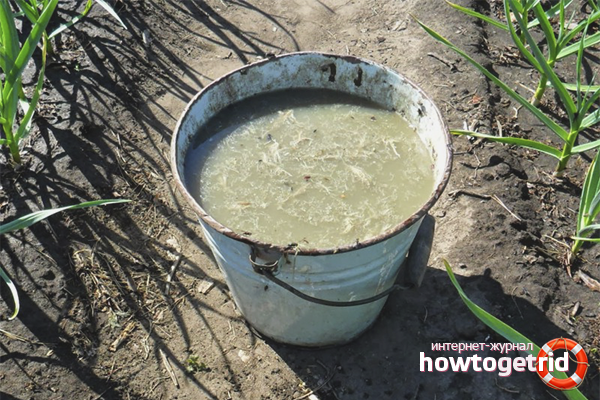


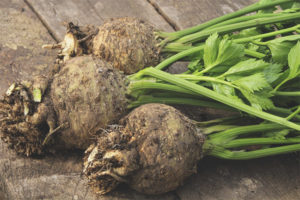
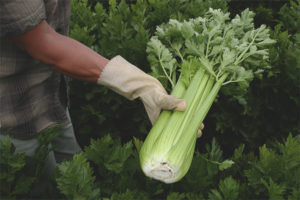

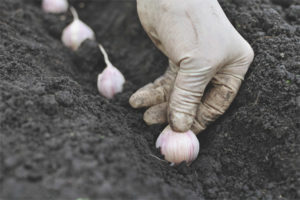
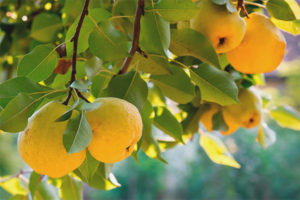
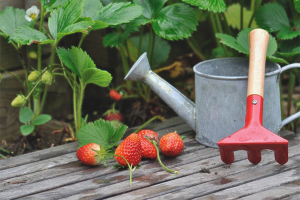

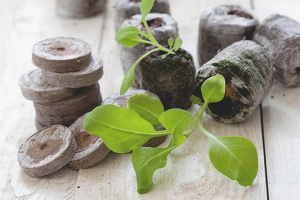
To send